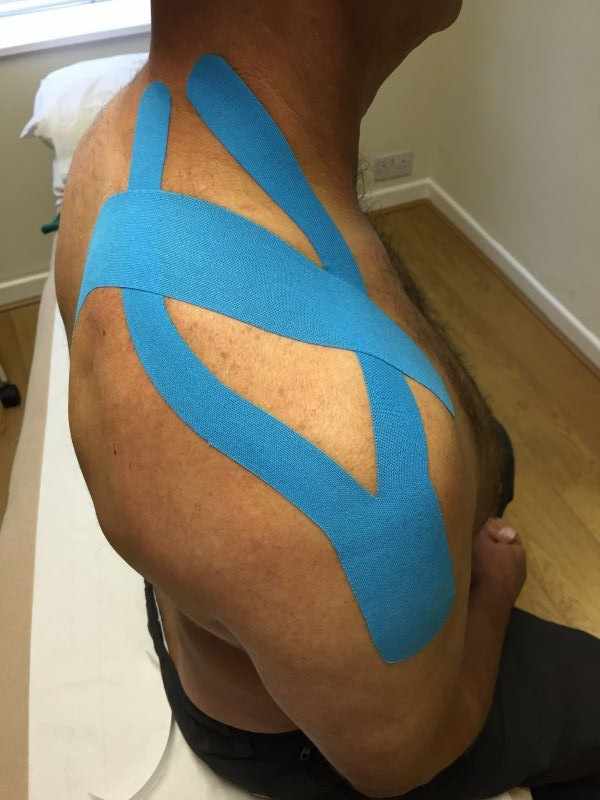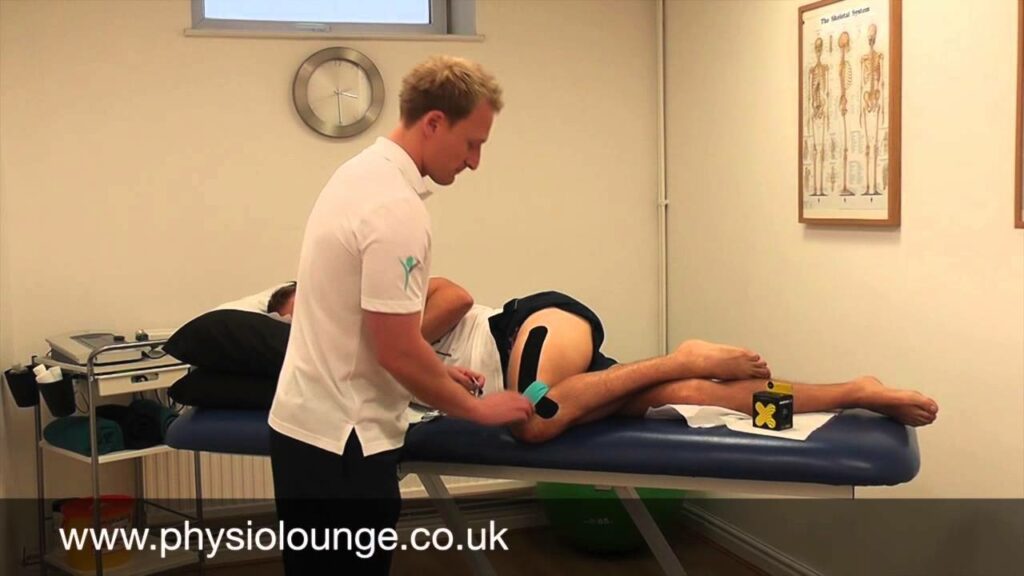“Christmas is coming… the geese are getting fat… and Santa in his deconditioned state is undertaking yet more manual labour, putting himself at grave risk of a multitude of musculoskeletal injuries!”

Granted, not as catchy as the original line but nevertheless true! In our blog we’re going to explore one of the major issues Santa is facing. The fella’s asking for trouble; he sits for 11 months a year… making his list, checking it twice… giving himself a shoulder impingement and low back pain! All that sitting in bad postures for long periods of time, then he’s up in December lugging heavy sacks of toys onto the sled and guiding his reindeer… it’s a recipe for disaster! Today we’ll be writing about shoulder pain, specifically shoulder impingement.
So… what is shoulder impingement?
Shoulder impingement is a condition where some of the soft tissues in your shoulder are intermittently trapped during day-to-day tasks. This causes irritation to the tendons and some of the surrounding structures, resulting in pain. Impingement can be a result of traumatic injury or more usually, as a result of poor shoulder girdle posture, muscle imbalances and repetitive movements.

Shoulder impingement has primary (structural) and secondary (posture & movement related) causes.
Primary impingement
Some of us are born with a smaller sub-acromial space. Conditions such as osteoarthritis can also cause the growth of sub-acromial bony spurs, which further narrow the space. Because of this structural narrowing, you are more likely to squash, impinge and irritate the soft tissues in the sub-acromial space, which results in pain.
Secondary impingement
Impingement can occur if the movement and function around your shoulder girdle is altered in some way. This could be due to poor dynamic muscle control (scapula dyskinesis), reduced mobility in the soft tissue, poor posture control or repetitive movements. The shoulder joint, because of its’ large range of movement, relies heavily on muscular control to achieve stability. When muscle imbalances develop, your shoulder girdle can start to move in abnormal patterns, causing a narrowing of the sub-acromial space, resulting in tissue irritation.
What are the classic symptoms of shoulder impingement?
- An arc of shoulder pain when your arm is at shoulder height and moving up over your head.
- Shoulder pain that can extend from the top of the shoulder to the elbow.
- Pain when lying on the sore shoulder.
- Shoulder pain at rest as your condition gets worse.
- Muscle weakness or pain when attempting to reach or lift.
- Pain when putting your hand behind your back or head
Who suffers shoulder impingement?
Apart from Father Christmas himself, impingement syndrome is more likely to occur in people who engage in physical activities that require repeated overhead arm movements, such as tennis, golf, swimming, weight lifting, or throwing a ball.
Similarly, impingement can occur in sedentary workers who spend a lot of time in poor shoulder girdle posture. Occupations that require climbing up and down chimneys, guiding reindeers, repeated overhead lifting or work at or above shoulder height are also at risk of impingement.
How is shoulder impingement diagnosed?
Shoulder impingement can be diagnosed within the clinic by a physiotherapist or medically trained elf, depending on who’s available! They will use a range of tests and detailed history of the problem. Ultrasound scan may be useful to visualise dynamic impingement and detect any associated injuries, such as shoulder bursitis, rotator cuff tears, calcific tendonitis or shoulder tendinopathies.
How is impingement treated?
Treatment focuses mainly on restoring and correcting movement patterns and shoulder girdle muscle control. Your physiotherapist may also look at manual techniques to release joint and soft tissue restrictions. Acupuncture can be used to reduce pain and restriction, in conjunction with other treatments. We also use taping techniques to facilitate and support shoulder girdle muscle control.

Below is a video that demonstrates a few of the common control and mobility exercises we use to treat impingement. If the problem doesn’t respond to conservative management, then a joint injection may be required. Steroid injections are the most commonly used injections, but they generally wear off after a few months and may need repeating. They can also lead to further weakening of the damaged tendon tissue. More recently Platelet Rich Plasma (PRP) injections have shown to be more effective than steroid injections by using your own platelets to encourage tendon healing and repair. If conservative treatment has failed then a surgical procedure may be indicated, see what the Shoulder Doc has to say here.
So remember… look after your shoulders, do your rehab… and don’t end up on the naughty list; he knows if you’ve been bad or good! For more information on how physiotherapy can help with shoulder impingement or for a free telephone consultation, contact us here.




